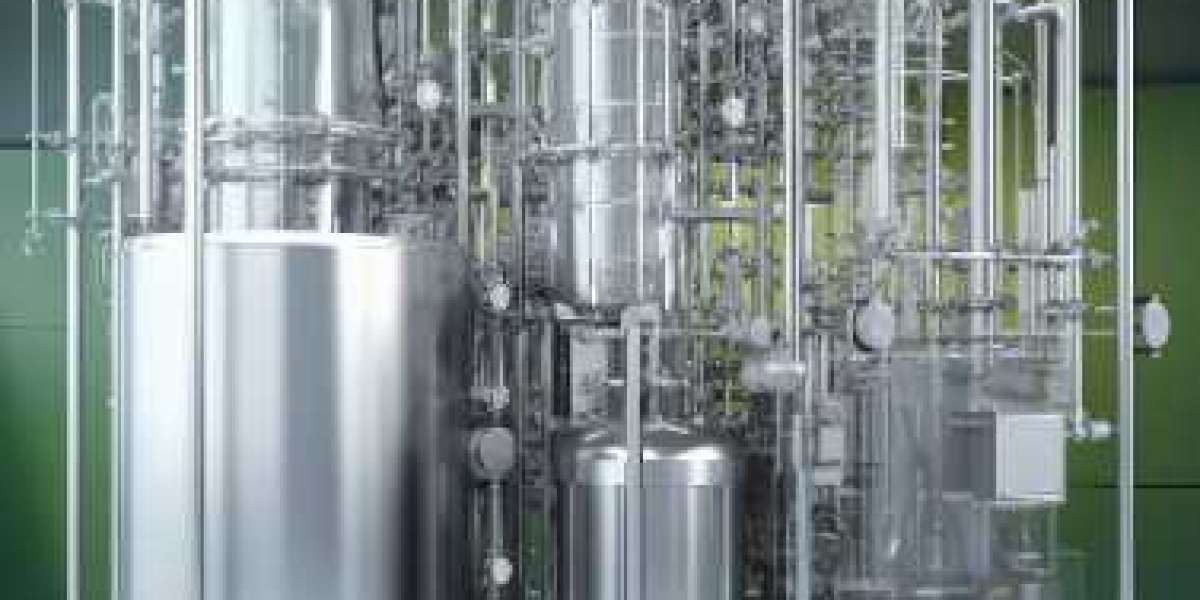In the complex and evolving landscape of modern industrial processes, the implementation of efficient and versatile technologies is paramount. One such technology that stands out for its extensive applicability and efficiency is the conventional fluidized-bed unit. Chem-Unit Technologies, a leader in the field, leverages this technology extensively, particularly in the realms of catalyst evaluation and fundamental fluidization data research. This blog explores the critical role these units play in industrial applications, underlining their importance in enhancing productivity and innovation.

Introduction to Conventional Fluidized-Bed Units
A conventional fluidized bed unit operates on the principle of fluidization, where solid particles are transformed into a fluid-like state through the introduction of a pressurized fluid, usually air or gas. This technology is utilized extensively by Chem-Unit Technologies to facilitate various chemical reactions, particularly those involving catalysts. The units are indispensable in processes requiring high levels of heat and mass transfer efficiency.
Components of the Fluidized-Bed Units
Chem-Unit Technologies designs its fluidized-bed units with several key components:
Feeding Unit: Responsible for the introduction of solids into the system, ensuring consistent and controllable feed rates.
Fluidization Unit: The core of the operation where the fluidization of solids occurs.
Gas-Solid Separation Unit: Separates the exhaust gases from the solid particles, crucial for process cleanliness and efficiency.
Control Systems: Equipped with an imported PLC control system, these units manage pressure, temperature, flow rate, material level, and online sampling analysis, ensuring high precision and control over the fluidization process.
The Industrial Applications of Fluidized-Bed Technology
1. Catalyst Testing and Evaluation
One of the primary applications of conventional fluidized-bed units in the industry is for the testing and evaluation of fluidized bed catalysts. Chem-Unit Technologies specializes in this area, providing essential equipment for researchers and developers focused on catalyst innovation. These units allow for precise control over environmental conditions, ensuring that the catalysts can be tested under near-operational conditions for more reliable data.
2. Basic Research and Development
Beyond catalyst testing, these units are fundamental in performing basic research on fluidization data. Understanding the behavior of different materials under fluidized conditions helps in designing processes that are more efficient and less prone to issues such as channeling or dead zones within the bed.
3. Chemical Production
In chemical manufacturing, fluidized-bed units facilitate reactions that require a uniform temperature for the reaction mass. This uniformity is crucial in ensuring that the chemical reaction progresses evenly, leading to higher yields and better-quality products.
4. Environmental Applications
Fluidized-bed technology is also employed in environmental applications, such as flue gas cleaning processes where pollutants are removed from industrial off-gas streams. The effectiveness of these units in handling large volumes of gases makes them ideal for such applications.
Advantages of Conventional Fluidized-Bed Units
High Efficiency
The primary advantage of using conventional fluidized-bed units is their high efficiency in both heat and mass transfer. The fluid-like behavior of the solid particles ensures that every particle is almost equally exposed to the process heat and reactants, maximizing reaction rates and efficiency.
Versatility
These units can process a wide range of materials, from fine powders to coarse granules, and can be used in various chemical, metallurgical, and pharmaceutical processes. This versatility makes them invaluable in industrial settings where different materials and processes often coexist.
Scalability
Fluidized-bed technology is highly scalable. This makes it easier for industries to scale up their production from pilot to full-scale without significant changes to the process dynamics.
Cost-Effective
Despite their high-tech capabilities, fluidized-bed units are cost-effective compared to other technologies with similar functionalities. This cost-effectiveness comes from the reduced need for large quantities of catalysts and other materials, as well as lower energy requirements due to the efficient heat transfer characteristics.
Conclusion
Conventional fluidized-bed units continue to play a critical role in modern industrial processes, driven by their efficiency, versatility, and scalability. At Chem-Unit Technologies, these units are more than just equipment; they are a cornerstone of innovation in chemical process technology, providing robust solutions for research, development, and production. As industries continue to demand higher standards and lower environmental impacts, the role of fluidized-bed technology is







